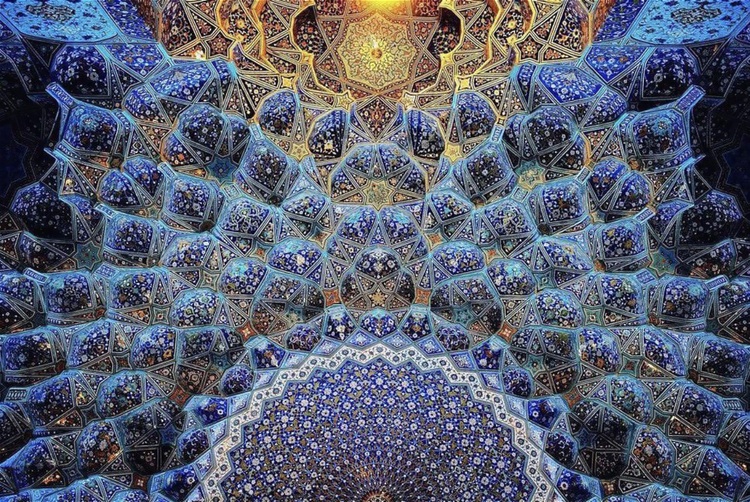
Analysis of composition and visual space islamic motifs
Analyzing the composition and visual space of Islamic motifs requires considering several key elements:
Geometric Motifs:
Types of motifs: Arabesque, interlace, girih, and star polygons are some common geometric motifs. Each type has specific characteristics and symbolic meanings.
Repetition and variation: Islamic art often employs repetitive patterns with subtle variations, creating harmony and rhythm while avoiding monotony.
Interlocking and modular designs: Motifs often interlock and combine seamlessly, creating intricate compositions without apparent beginnings or ends.
Visual Space:
Emphasis on plane surface: Islamic art traditionally avoids depicting figures, prioritizing the ornamentation of surfaces. This creates a sense of flatness and infinity.
Hierarchical organization: Larger motifs often frame smaller ones, creating a clear visual hierarchy and guiding the viewer's eye.
Symmetry and balance: Symmetry is emphasized both vertically and horizontally, fostering a sense of order and peace.
Negative space: Empty spaces between motifs are not considered "empty" but integral to the composition, contributing to balance and breathing room.
Additional Factors:
Calligraphy: Arabic calligraphy is often integrated into the motifs, adding another layer of meaning and visual interest.
Material and color: The choice of materials (tile, stucco, wood) and color palettes influences the overall visual impact and atmosphere.
Cultural context: Understanding the specific historical and cultural context of the artwork provides deeper insights into its symbolism and purpose.
Examples:
The Alhambra in Granada, Spain, exhibits intricate geometric compositions with interlocking girih patterns and flowing arabesques.
The Great Mosque of Damascus, Syria, showcases the use of calligraphy within geometric motifs, creating a harmonious blend of art and scripture.
Remember: This is just a starting point. A detailed analysis would require specific examples and consideration of their unique features.
Latamarte

Massoud Najabati
Massoud Nejabati was born in 1967 in Tehran. He completed his bachelor's and master's degrees in graphics from the Faculty of Fin ...

- July 03, 2025
Mexican Inspirations in the Art of Linda Wood
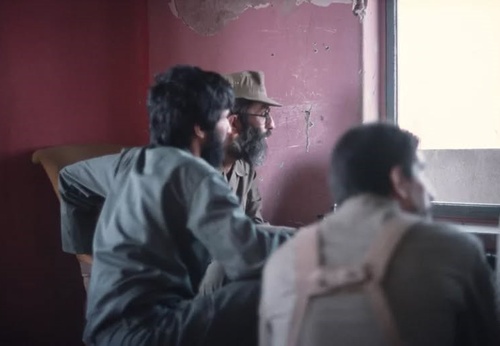
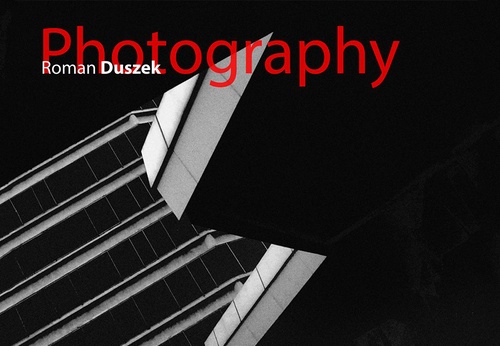
- July 03, 2025
Roman Duszek | Photography
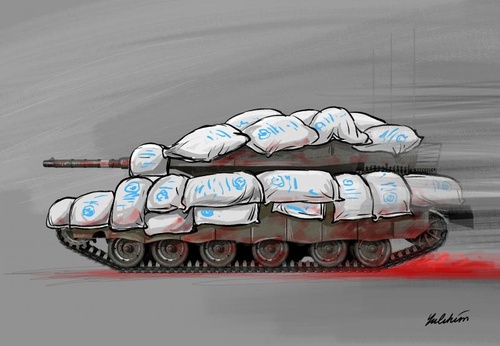
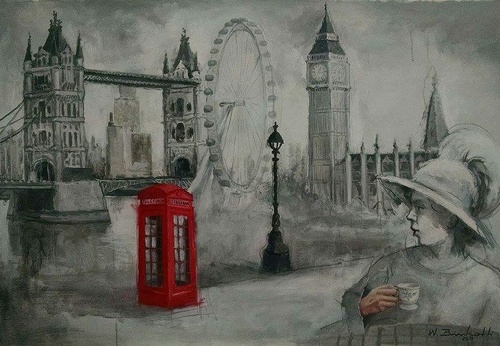
- July 03, 2025
Gallery Of Illustration By Walmir Binhotti - Brazil
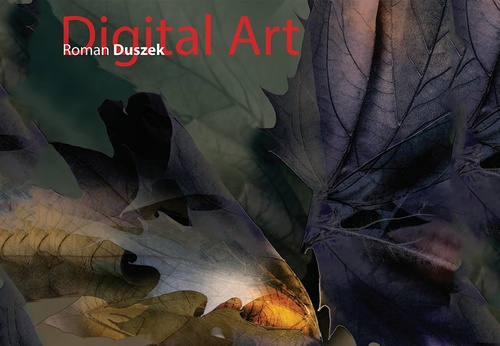
- July 03, 2025
Roman Duszek | Digital Graphic Art
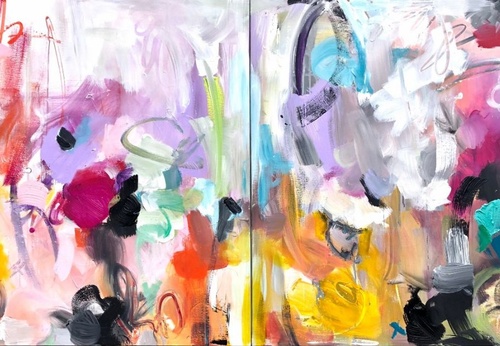
- July 03, 2025
Painting and abstract art: differences and similarities
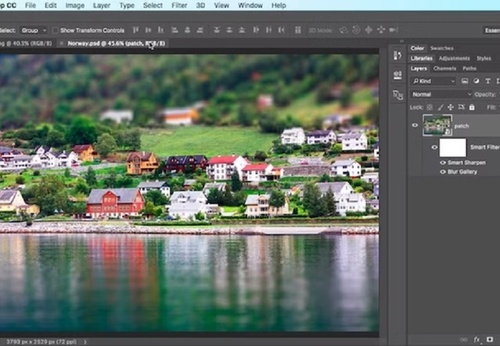
- July 02, 2025
The Best Software for Digital Art and Graphic Design

- July 02, 2025
Gallery of Posters by Cesar Alí Hernández from Mexico

- July 03, 2025
Painting and abstract art: differences …

- July 02, 2025
The Best Software for Digital Art and G…

- July 01, 2025
How Digital Artists Collaborate with Ar…

- July 01, 2025
Reflections of Digital Art in Different…

- June 30, 2025
Crítica de Obras Artísticas Criadas por…

- June 30, 2025
What are Plastic Arts?

- June 30, 2025
Images Against Silence: Artists Who Cha…

- June 29, 2025
History of Art Photography in the 20th …

- June 28, 2025
The 11 types of art and their meanings

- June 28, 2025
Contemporary Art is postmodern art

- June 26, 2025
Graphic Design, Art, and Technology: Wh…

- June 25, 2025
Graphic Design and Modern Content Creat…

- June 25, 2025
Art as a Manifestation of Resistance

- June 24, 2025
Latin American Art in the world

- June 24, 2025
Painting as a form of emotional express…

- June 23, 2025
14 questions and answers about the art …

- June 23, 2025
9 Latino painters and their great contr…

- June 22, 2025
The most famous image of Ernesto "Che" …

- June 21, 2025
Resistance in Ink and Paper: Illustrati…

- June 21, 2025
Art as a Tool for Enlightenment and Soc…

- August 29, 2023
The history of Bolivian art

- February 19, 2024
Analysis and meaning of Van Gogh's Star…

- January 28, 2024
Culture and Art in Argentina

- September 25, 2023
What is the importance of art in human …

- September 23, 2023
What is paint?

- August 10, 2023
14 questions and answers about the art …

- August 30, 2023
First artistic manifestations

- August 23, 2023
The 11 types of art and their meanings

- January 12, 2024
10 most beautiful statues and sculpture…

- September 23, 2023
History of painting

- September 23, 2023
Painting characteristics

- March 26, 2024
The importance of technology in art1

- April 06, 2024
History of visual arts in Ecuador

- August 16, 2023
The 15 greatest painters in art history

- January 31, 2024
Examples of Street Art – Urban Art

- March 26, 2024
Cultural identity and its impact on art…

- April 07, 2024
Graffiti in Latin American culture

- January 20, 2024
What is the relationship between art an…

- August 25, 2024
A Comprehensive Analysis of the Cartoon…

- October 21, 2023
Contemporary art after the Second World…

- February 19, 2024
Analysis and meaning of Van Gogh's Star…

- August 13, 2023
9 Latino painters and their great contr…

- August 10, 2023
14 questions and answers about the art …

- August 29, 2023
The history of Bolivian art

- January 28, 2024
Culture and Art in Argentina

- August 23, 2023
The 11 types of art and their meanings

- November 06, 2023
5 Latin American artists and their works

- August 27, 2023
15 main works of Van Gogh

- September 23, 2023
Painting characteristics

- September 23, 2023
What is paint?

- September 25, 2023
What is the importance of art in human …

- December 18, 2023
10 iconic works by Oscar Niemeyer, geni…

- August 30, 2023
First artistic manifestations

- January 20, 2024
What is the relationship between art an…

- March 26, 2024
Cultural identity and its impact on art…

- January 12, 2024
10 most beautiful statues and sculpture…

- October 30, 2023
Characteristics of Contemporary Art

- August 22, 2023
What are Plastic Arts?

- April 16, 2024
The most important painters of Latin Am…

- August 24, 2023


